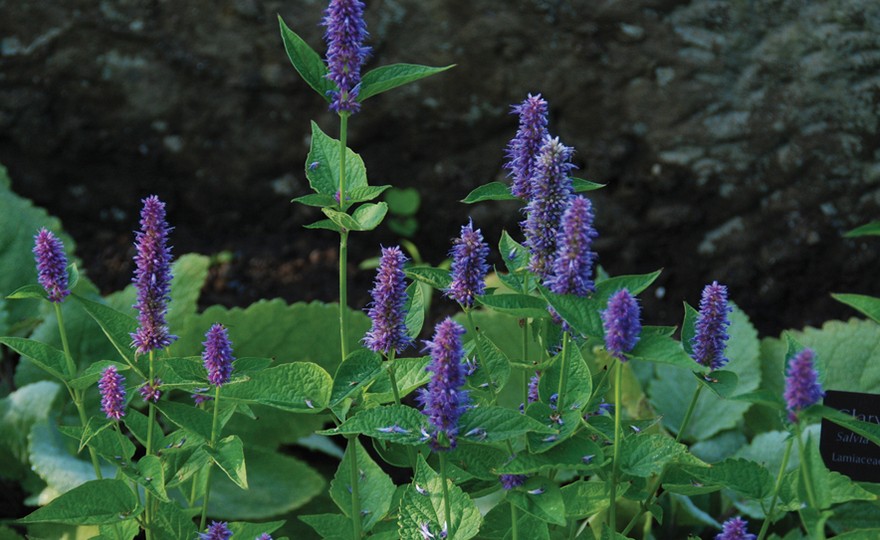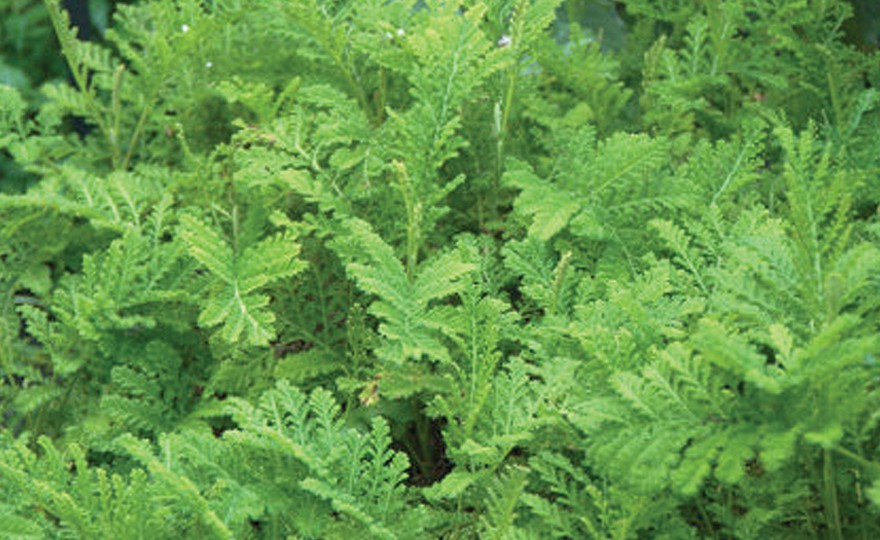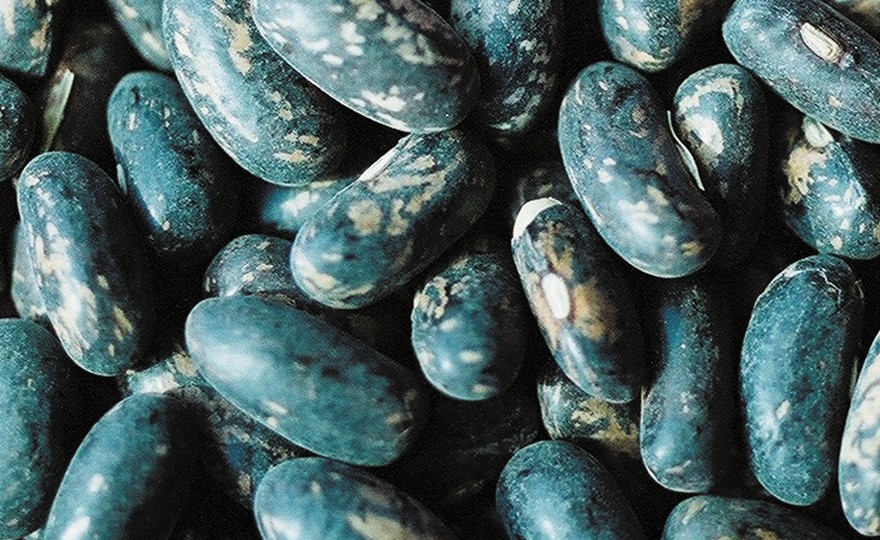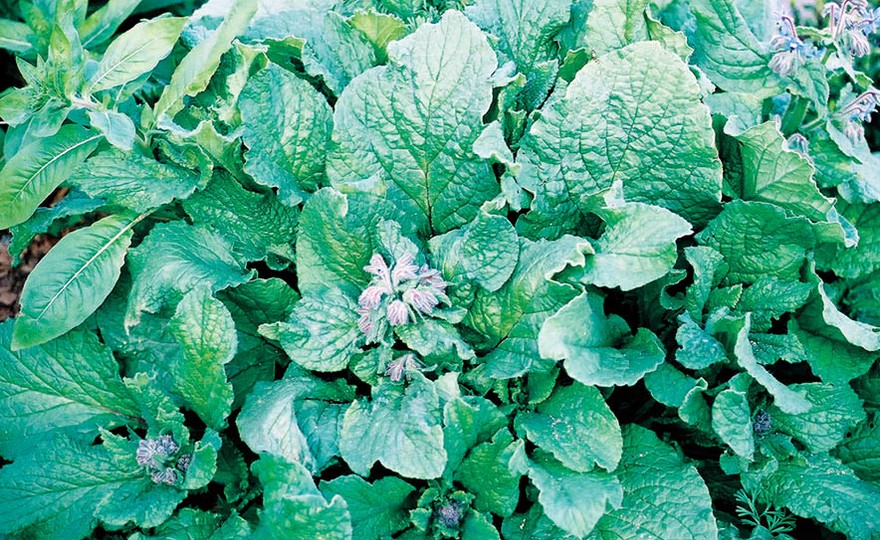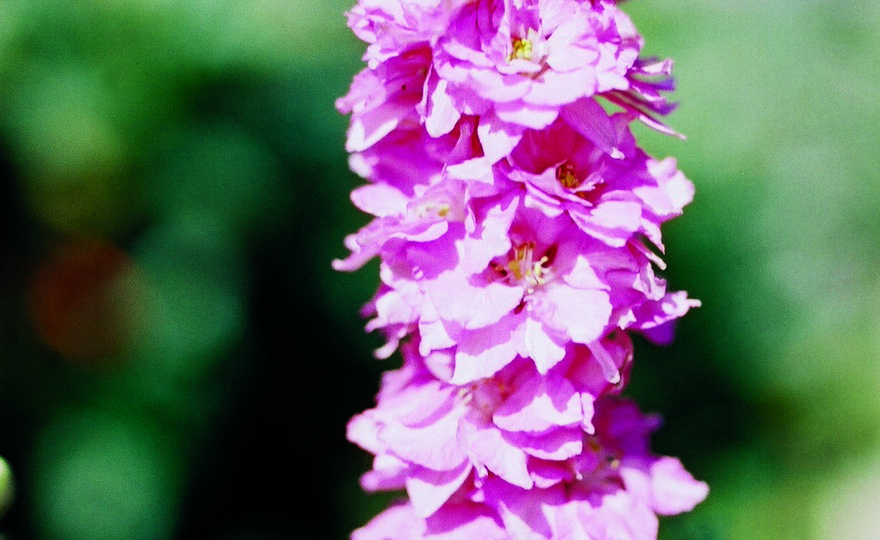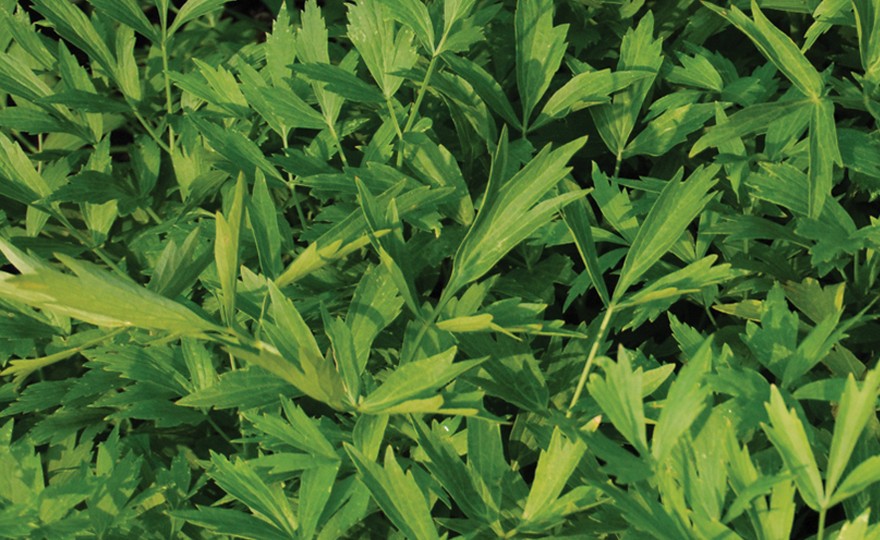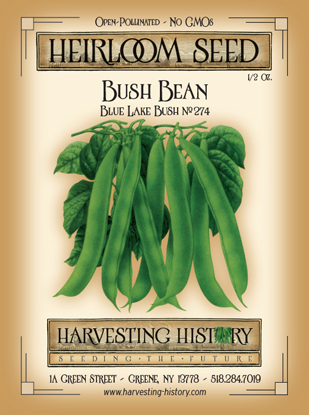
Bush Bean, Blue Lake Bush #274
-
- **SOLD OUT** HOLIDAY GIFTS **SOLD OUT**
- **SOLD OUT** Holiday Books **SOLD OUT**
- **SOLD OUT** Holiday Citrus **SOLD OUT**
- **SOLD OUT** Holiday Gift Certificates **SOLD OUT**
- **SOLD OUT** Holiday Paperwhites **SOLD OUT**
- **SOLD OUT** Holiday Praying Mantis Kits **SOLD OUT**
- **SOLD OUT** Holiday Tools **SOLD OUT**
- **SOLD OUT** Holiday Wildflower Mixtures **SOLD OUT**
- Citrus Trees
- **SOLD OUT** - Vegetable and Herb Plants - Mix & Match any 6 Plants for $50 - Only Shipped in Quantities of 6
- Elephant Ear Plants & Roots
- **SOLD OUT** 4-Inch Pot Herb Plants **SOLD OUT**
- Rare Plants
- **SOLD OUT** Vining Plants **SOLD OUT**
- Asian Seeds
- Beneficial Bugs
- Books
- Citrus Fertilizers
- Cold-Treated Bulbs - SEE BULBS FOR FALL PLANTING TO ORDER
- Cold-Treated Allium
- Cold-Treated Chionodoxa
- Cold-Treated Crocus
- Cold-Treated Hyacinthoides
- Cold-Treated Hyacinthus Orientalis
- Cold-Treated Narcissus
- Cold-Treated Cyclamineus Narcissus
- Cold-Treated Double Heirloom Narcissus
- Cold-Treated Jonquilla Narcissus
- Cold-Treated Large Cupped Narcissus
- Cold-Treated Poeticus Narcissus
- Cold-Treated Small Cupped Narcissus
- Cold-Treated Species Miniature Narcissus
- Cold-Treated Split Cupped Narcissus
- Cold-Treated Tazetta Narcissus
- Cold-Treated Triandus Narcissus
- Cold-Treated Trumpet Daffodils
- Cold-Treated Ornithogalum
- Cold-Treated Rock Garden Iris
- Cold-Treated Scilla
- Cold-Treated Tulips
- Cold-Treated Emperor Tulips
- Cold-Treated Fringed Tulips
- Cold-Treated Green or Viridiflora Tulips
- Cold-Treated Lily Flowering Tulips
- Cold-Treated Parrot Tulips
- Cold-Treated Peony Flowering Tulips
- Cold-Treated Single Early Tulips
- Cold-Treated Single Late Tulips
- Cold-Treated Species Tulips
- Cold-Treated Triumph Tulips
- Flower Bulbs, Corms and Tubers
- **SOLD OUT** Bulbs for Spring Planting **SOLD OUT**
- **SOLD OUT** Begonia **SOLD OUT**
- **SOLD OUT** Cannas **SOLD OUT**
- **SOLD OUT** Crocosmia **SOLD OUT**
- **SOLD OUT** Gladiolas **SOLD OUT**
- **SOLD OUT** Pineapple Lilies **SOLD OUT**
- **SOLD OUT** Caladiums **SOLD OUT**
- **SOLD OUT** Calla Lilies **SOLD OUT**
- **SOLD OUT** Dahlias **SOLD OUT**
- **SOLD OUT** Specialty-Gallery-Dark Angel Series **SOLD OUT**
- **SOLD OUT** Specialty Dahlias **SOLD OUT**
- **SOLD OUT** Specialty-Anemone Flowering Dahlias **SOLD OUT**
- **SOLD OUT** Cactus Dahlias **SOLD OUT**
- **SOLD OUT** Decorative Dahlias **SOLD OUT**
- **SOLD OUT** Dinnerplate Dahlias **SOLD OUT**
- **SOLD OUT** Fimbriata Dahlias **SOLD OUT**
- **SOLD OUT** Specialty-Gallery Dahlias **SOLD OUT**
- **SOLD OUT** Specialty-Peony Flowering Dahlia **SOLD OUT**
- **SOLD OUT** Specialty-Pom Pon Dahlias **SOLD OUT**
- **SOLD OUT** Lilies **SOLD OUT**
- Bulbs for Fall Planting - ALL BULBS AVAILABLE ARE COLD TREATED FOR PLANTING AS SOON AS SOIL CAN BE WORKED
- Fall Blooming Bulbs
- **SOLD OUT** Bulbs for Spring Planting **SOLD OUT**
- Garden Tools & Equipment
- Gift Certificates
- HHH Exclusive Wildflower Mixtures
- Wildflower Mixtures
- Heirloom Garlic
- **SOLD OUT** Potatoes **SOLD OUT**
- Roots & Sets
- Seeds
- Flowers
- Herbs
- Vegetables
- **SOLD OUT** HOLIDAY GIFTS **SOLD OUT**
-
- No products to compare
-
72 in stock
Quick Overview
BUSH BEAN, Blue Lake Bush #274 – Phaseolus vulgaris
FULL SUN Native to the Americas, beans were one of the great gifts to the Old World from the New World where they had been cultivated for 10,000 years. Snap beans are meant to be “snapped” from the plant and eaten fresh or steamed. Blue Lake Bush #274 was introduced in the mid-20th century. It is a heavy producer of round, 6 in. pods. Good for canning or freezing.
Plant in late spring after danger of frost has passed and the soil has warmed to a depth of 6 in. If planting in rows, keep rows 2 ft. apart.
When seedlings are 2 in. high, thin, leaving 4 – 6 in. between plants. Beans prefer a light, loamy soil that has been lightly fertilized.
| Type | Spacing | Planting Depth | Days to Germination | Maturity |
| Bush, Snap | 4-6 in. | 1 1/2 in. | 7-10 | 60 |

Bush Bean, Blue Lake Bush #274
Bean cultivation can be traced to the earliest vestiges of human civilization. Beans may have been the first vegetables that mankind learned to cultivate. Fava beans have been found in Neolithic excavations in Switzerland. Chickpeas, favas and lentils have been found in Egyptian tombs, and the Chinese started growing soybeans around 1500 BC. However, many of the beans that we are familiar with today, like the common or kidney, lima and runner bean came from the Americas and were not introduced into Europe until the time of Christopher Columbus. The oldest archaeological evidence of common beans in the New World comes from Tehuacan, Mexico and has been radiocarbon dated to 7000 BC.
Snap beans are a diverse group of beans that are variously known as common or kidney beans, Haricots, French beans, garden beans and filet beans. These are the beans which Columbus and Cortez discovered in the New World and introduced into Europe where they became wildly popular. The term ‘snap’ is not a scientific term. It refers to how the beans are used. They are ‘snapped” from the vine to be eaten fresh or ‘snapped’ in half before being steamed. These beans are eaten in the pod. Snap beans come in just about every color imaginable including white, buff, pink, green and black. The bush varieties form compact 12 to 18 inch plants. The pole varieties produce vines which can grow to 10-14 feet.


